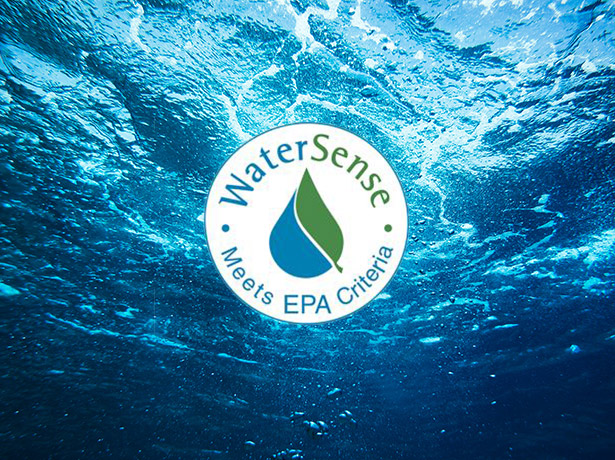To keep buildings, their surroundings, and the people inside them functioning, water is essential. Like manufacturing facilities, a significant amount of water is used in boilers and chiller systems to keep spaces comfortably conditioned. To minimize their impacts, good heating and cooling design should be integrated from the start of the project. Just as important for a building, water used both by products and in products during their own operation should be measured and assessed to round out a comprehensive water management process.
The obvious ones are things such as dishwashers and washing machines which utilize water during their cycles. To promote water efficiency, many products are labeled “WaterSense”, signifying that the product uses at least 20 percent less water than regular models via the EPA. But certain products utilize water by their very nature. Piping and fixtures deliver water during use and have an opportunity to save water during operations as well. Possibly less obvious is water use in landscaping and irrigation, with differing impacts depending on the location of the operation. Various methods are at play for reducing water usage externally, such as drip irrigation, water capture, regional appropriate plantings, or even grey or black water use for landscape irrigation, if the authority having jurisdiction allows.


